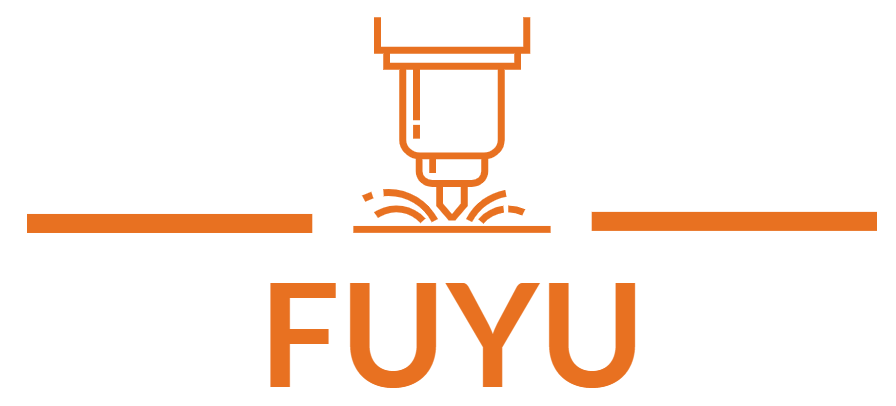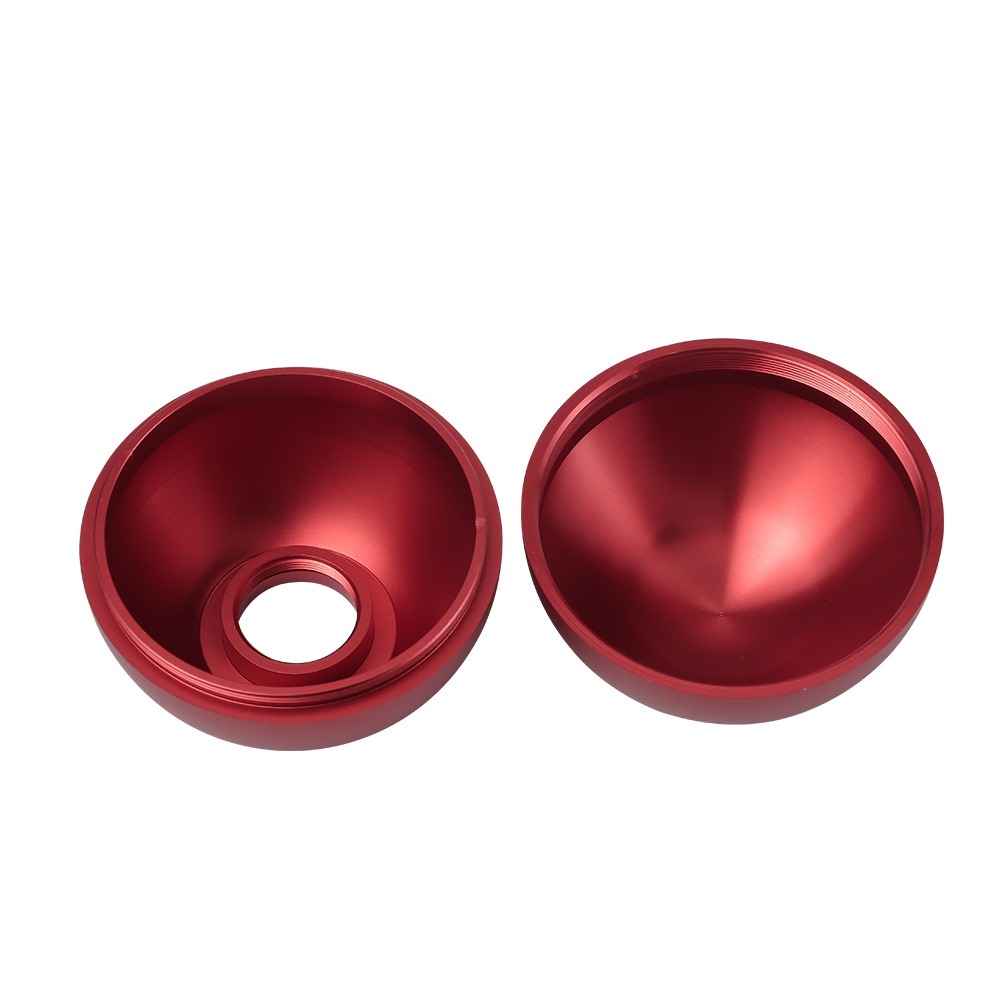Anodizing Finishing
Fuyu Manufacturing provides top-tier anodizing services, enhancing the durability and aesthetics of aluminum components. Our advanced techniques guarantee precision finishing to meet a variety of project requirements.
Anodizing Overview And Advantages
Electrolytic anodizing produces a robust oxide layer on aluminum, providing superior protection and aesthetics.
Utilizing an electric current in an electrolytic bath, a resilient oxide layer is formed, imparting resistance to wear and corrosion. Additionally, it allows the integration of color dyes, resulting in vibrant and enduring finishes.
The resultant anodized surface boasts improved durability, insulation, and visual appeal. This makes anodizing a widely adopted technique to prolong product lifespan, enhance performance, and achieve a polished appearance across various industries.
➤Enhanced Durability: Anodizing forms a robust oxide layer on the aluminum surface. This layer, significantly harder than the aluminum, provides superior protection against chipping, peeling, and scratching, ensuring prolonged durability for the component.
➤Corrosion Resistance: The protective oxide layer generated through the anodizing process serves as a barrier, safeguarding aluminum parts against environmental elements like moisture, salts, or corrosive agents. This protection ensures that aluminum components remain immune to rust or corrosion, particularly in demanding conditions.
➤Cost: Greater long-term value is produced through lower original finishing costs combined with lower maintenance expenditures.
➤Improved Aesthetics: Dyes can impart various colors to anodized aluminum surfaces. This design versatility, combined with a lustrous metallic sheen, frequently yields a more appealing aesthetic compared to untreated or painted surfaces.
➤Electrical Insulation: The insulating properties of the oxide layer formed through anodizing are essential, particularly in electronic applications where specific components must exhibit electrical non-conductivity for proper functionality.
➤Thermal Resistance: Specific forms of anodizing have the capability to improve the thermal insulation properties of aluminum, rendering it suitable for applications where considerations of heat retention or dissipation come into play.
➤Improved Lubrication: Particular variants of anodizing, such as Teflon-impregnated hardcoat anodizing, have the potential to enhance the lubricating properties of aluminum components. This results in a reduction of friction within moving parts.
Types Of Anodizing Offered By Fuyu Manufacturing
Anodizing type II (Matte)
Anodizing Type II, commonly known as “Matte,” employs a sulfuric acid anodizing procedure. This results in a consistent oxide layer on aluminum, enhancing corrosion resistance and yielding a non-reflective, matte appearance. This method supports a range of color dyeing choices, offering both protective and aesthetic benefits. The film thickness for Anodizing Type II is 8-12 μm (clear) or 12-16 μm (black/color).
Color: Clear, black, blue, red, gold or customization supported. (Any RAL code or Pantone number)
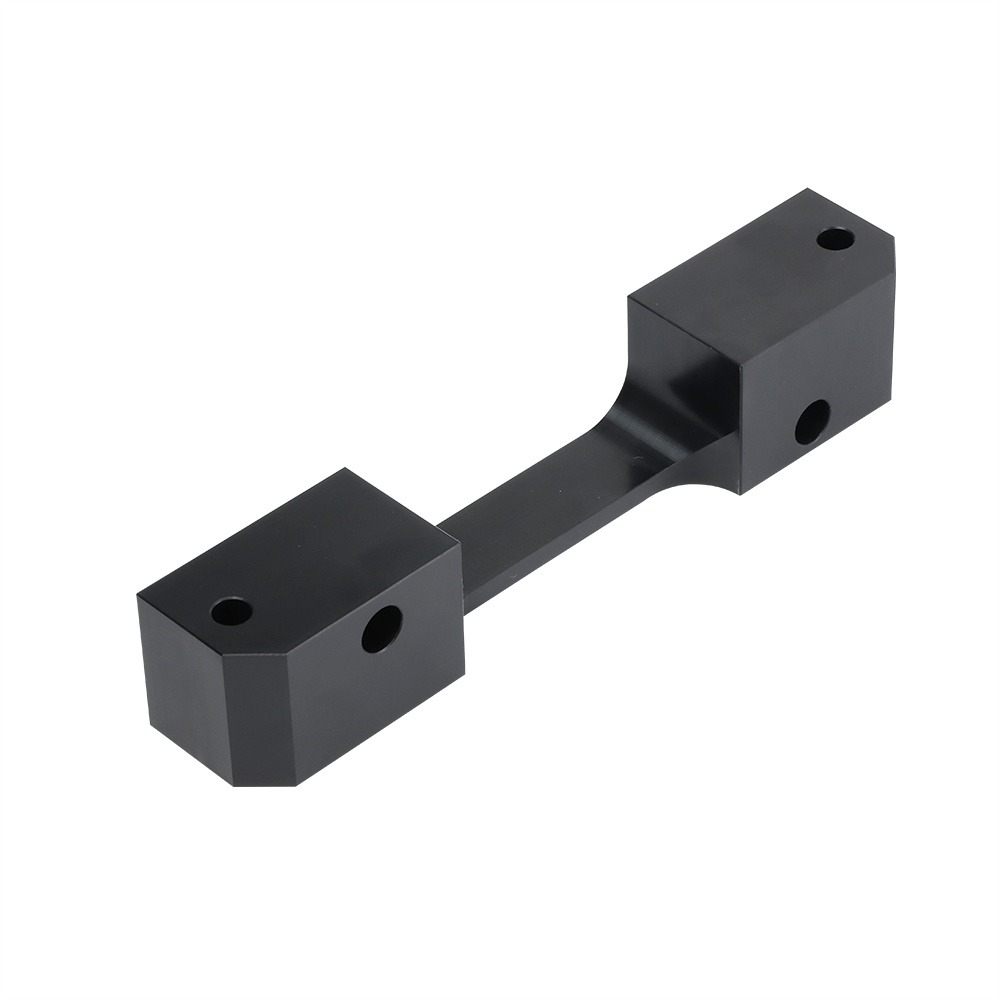
Anodizing type II (Glossy)
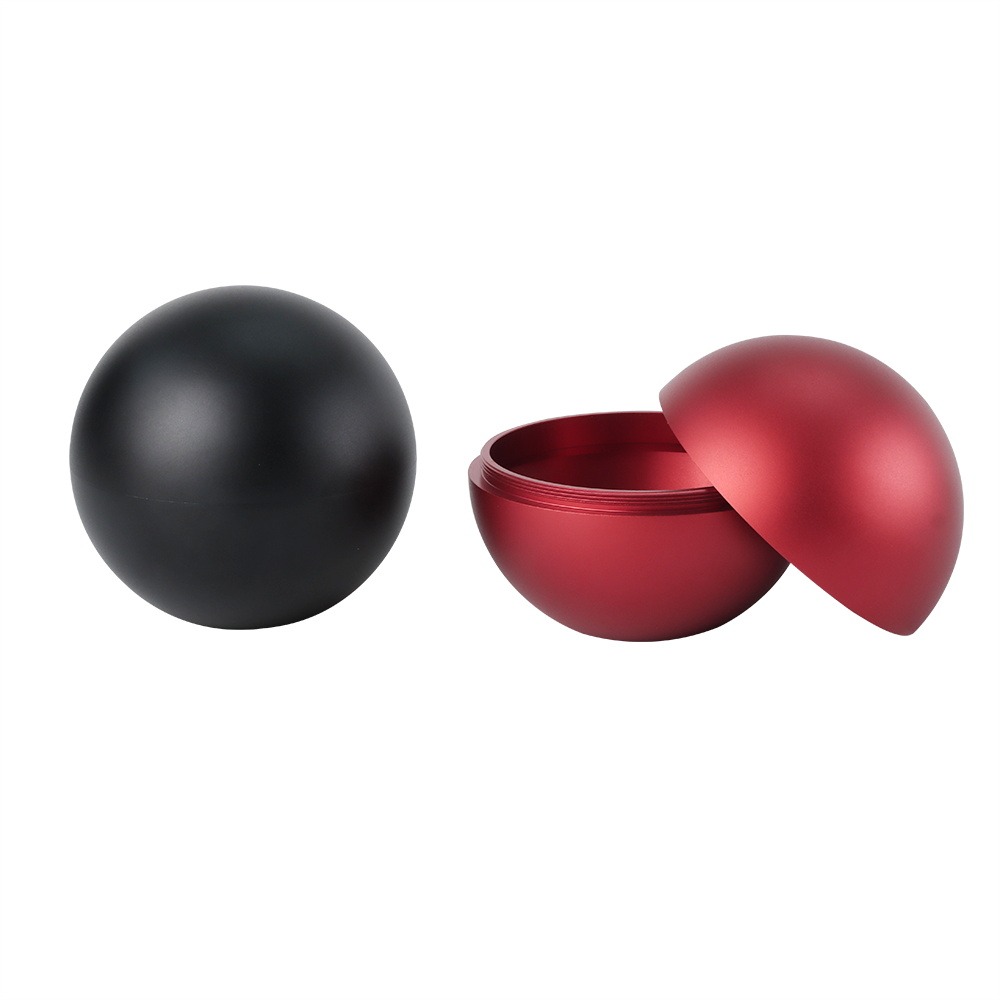
Anodizing Type II (Glossy) represents a modification of the conventional sulfuric acid anodizing process. It introduces a more substantial oxide layer on aluminum, guaranteeing robust protection. This distinctive method yields a lustrous, glossy finish, enhancing the part’s visual allure while preserving its heightened durability. The film thickness for Anodizing Type II is 8-12 μm (clear) or 12-16 μm (black/color).
Color: Clear, black, blue, red, gold or customization supported. (Any RAL code or Pantone number)
Anodized type III (Hard anodizing)
Anodized Type III, commonly referred to as “Hardcoat,” employs sulfuric acid to generate a densely packed oxide layer on aluminum. This procedure yields heightened wear resistance and electrical insulation. The substantial, durable finish, often exhibiting a darker hue, proves resilient in challenging environments and under rigorous use. The film thickness for Anodizing Type III is 25-50 μm.
Color: Nature, black or other colors
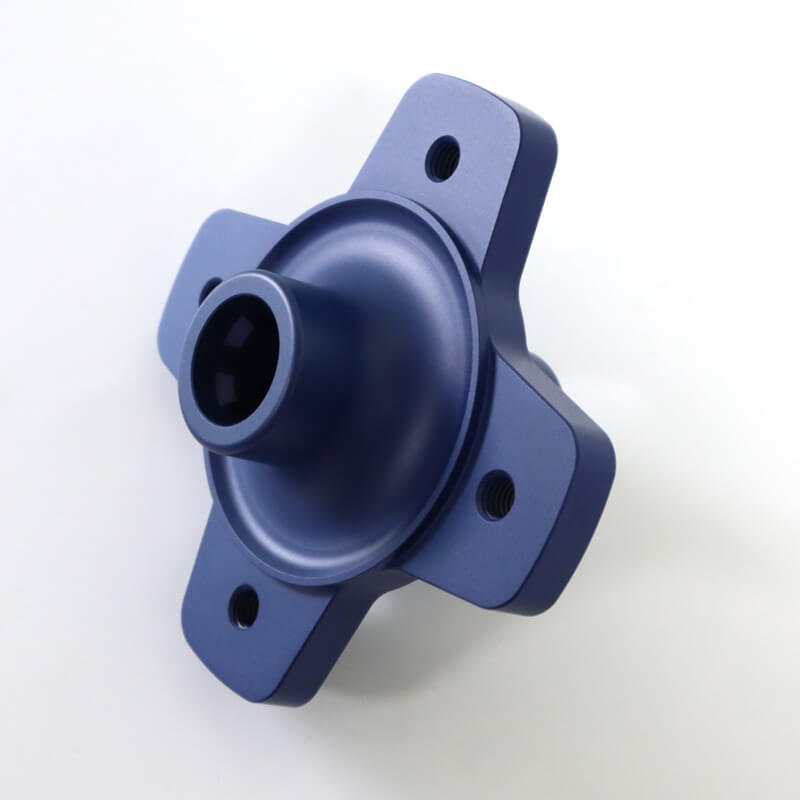
Customizable Colors and Thicknesses
Explore our range of standard anodized color finishes (refer to Color Options). For personalized RAL or Pantone color matching, reach out to our team at [email protected] to discuss the specifications of your project.
Our standard anodized layer thicknesses adhere to ISO 7599: ISO class AA10 for clear anodizing and ISO class AA15 for colored anodizing. If your application requires non-standard anodizing thickness standards, our experts can accommodate custom thicknesses. Contact us at [email protected] to request a quote for specialized anodizing.
Fuyu Manufacturing Anodizing Process
Cleaning: Parts are cleaned in a non-etching, alkaline solution to remove surface impurities, ensuring a flawless anodizing result.
Rinsing: Cleaned parts are thoroughly rinsed with deionized water to remove any remaining cleaning agent residues.
Etching: Immersed in an acid bath (usually caustic soda), parts undergo etching to achieve a matte appearance or to prepare for further processing.
Desmutting: This neutralizes and removes surface contaminants, ensuring a pure aluminum surface for the subsequent anodizing process.
Anodizing: Parts are submerged in an electrolytic solution, typically sulfuric acid, and electrical current is passed to form the protective oxide layer.
Coloring (optional): After anodizing, parts can be dyed by immersing them in a bath containing organic or inorganic colorants.
Sealing: The anodized surface is sealed, typically in a hot water bath, to close pores, enhancing corrosion resistance and color retention.

Other Finishing Services Available
Our One-Stop Finishing Excellence
Benefit from Fuyu’s industry-leading expertise, offering unparalleled quality and convenience through our comprehensive, one-stop finishing services.
Anodizing type II (Glossy)
Anodizing type II (Matte)
Anodizing Type III Hard anodizing
LEARN MORE
Zinc Plating
Chrome Plating
Nickel Plating
Copper Plating
Electroless Nickel Plating
Tin Plating
Gold Plating
Silver Plating
LEARN MORE
Mechanical Polishing
Electropolishing
Vibratory Polishing
Mirror Polishing
Glass Bead Blasting
Ceramic Bead Blasting
Plastic Bead Blasting
Steel Shot Blasting
Stainless Steel Bead Blasting
Powder coating, a dry finishing process, involves the electrostatic charging and spraying of finely ground particles of pigment and resin onto surfaces. Upon curing under heat, this method produces a resilient, uniform, and aesthetically pleasing finish, gaining popularity for its environmental friendliness and superior performance benefits.
LEARN MORE
Black oxide, a conversion coating in the realm of surface finishing, chemically engenders a protective black layer on metals, predominantly focusing on ferrous alloys. This process not only boosts corrosion resistance but also diminishes light reflection, adding a touch of decorative appeal. Administered through either hot or cold processes, the finish is frequently sealed with wax or oil, elevating both durability and protection.
Chromate conversion coating, also recognized as Alodine or Chemfilm, serves as a surface treatment tailored for aluminum and its alloys. This process establishes a thin yet protective chromate layer, elevating corrosion resistance, fostering paint adhesion, and ensuring electrical conductivity. Widely employed in aerospace and automotive industries, it not only provides enhanced functionality but also delivers a decorative finish while maintaining minimal dimensional alterations.
DLC (Diamond-Like Carbon) coating stands as a nanocomposite finish designed to provide materials with a robust and wear-resistant surface. Emulating the properties of natural diamond, it delivers exceptional lubricity, corrosion resistance, and a minimized friction coefficient. This makes DLC coating particularly well-suited for applications in the automotive industry, tools, and precision components.
In the realm of surface finishing, brushing employs abrasive brushes to craft fine and uniform lines on metal surfaces. This mechanical process not only elevates the appearance but also conceals defects and primes surfaces for coatings. With the capability to provide an array of textures, ranging from short to long grains, brushing ensures aesthetic refinement tailored for diverse applications.
Titanium anodizing is a surface finishing process designed to enhance the oxide layer on titanium components. This modification not only boosts corrosion resistance and biocompatibility but also introduces vibrant, interference-based colors without the need for dyes or pigments. Widely adopted in medical devices and aerospace applications, this process seamlessly combines aesthetics with functional advantages.
Passivation is a surface finishing process that treats stainless steel with a mild oxidant, removing iron contaminants and enhancing its natural oxide layer. This strengthens corrosion resistance and prevents unwanted reactions in environments like the medical, food, and aerospace industries.
You Are Interested In:
